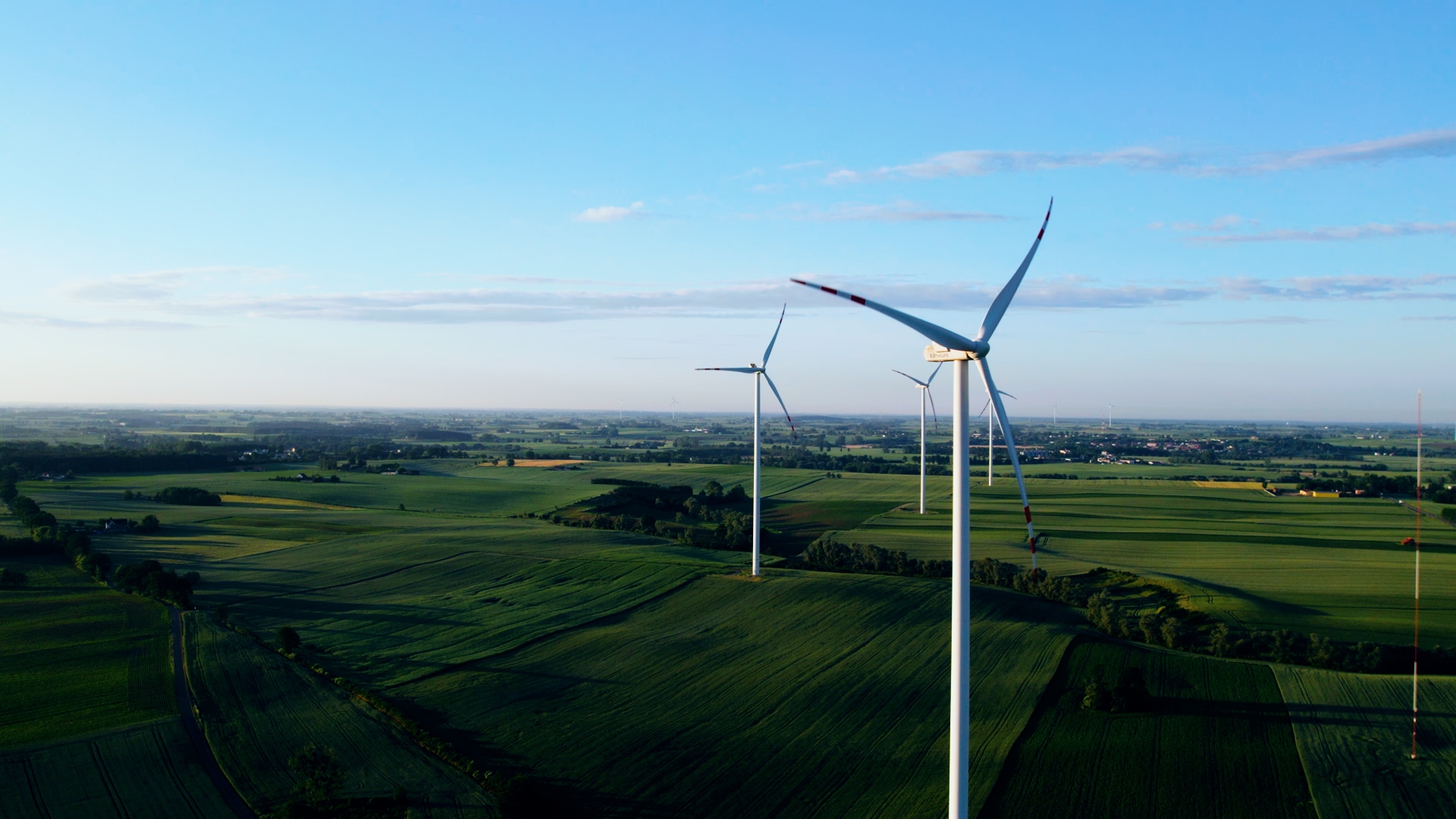
6. Information on operating segments
ACCOUNTING POLICIES
Operating segments
An operating segment is a component of the Group:
- that engages in business activities in connection with which it may earn revenues and incur expenses (including revenue and expenses related to transactions with other components of the same entity),
- whose operating results are regularly reviewed by the entity’s chief operating decision maker in the Group to make decisions about resources to be allocated to the segment and assess its performance,
- for which discrete financial information is available.
Segment revenues are revenues, including both sales to external customers and inter-segment transfers within the Group that are presented in profit or loss of the Group and can be directly attributed to the segment together with a relevant portion of revenue that can be allocated on a reasonable basis to the segment.
Segment costs are costs comprising the cost of sales to external customers and the cost of transactions with other segments within the Group that result from the segment’s operating activities and can be directly attributed to that segment along with an appropriate portion of the entity’s costs that can be allocated to the segment on a reasonable basis.
Segment result is a difference between revenues and expenses of the segment.
Segment assets are those operating assets that are used by that segment in its operating activity and that can be directly attributed to the segment or can be allocated on a reasonable basis to the segment. Segment liabilities are those operating liabilities that result from operating activities of the segment and can be directly attributed to the segment or can be allocated on a reasonable basis to the segment.
Segment assets and liabilities do not include settlements connected with income tax.
Segment liabilities are operating liabilities arising from the segment’s operating activities that are directly attributable to the segment or can be assigned to this segment on reasonable grounds. Segment liabilities do not include income tax liabilities.
Segment liabilities include, for example, trade payables, other payables, accrued expenses, advances received from customers, and provisions for claims relating to goods supplied and services rendered.
Liabilities of the segment whose activities are not primarily financial activities do not include loans and similar liabilities.
PGE Group companies conduct their business activities based on relevant concessions, including primarily concession on: production, trading and distribution of electricity, generation, transmission and distribution of heat, granted by the President of Energy Regulatory Office and concessions for the extraction of lignite deposits, granted by the Minister of the Environment. Concessions are generally issued for a period between 10 and 50 years. PGE Group’s key concessions expire in 2024-2044.
Relevant assets are assigned to concessions for lignite mining and generation and distribution of electricity and heat, as presented in detailed information on operating segments. For its concessions concerning electricity and heat, the Group pays annual fees dependent on the level of turnover, while lignite mining operations under concessions are subject to extraction fees depending on the current rate and volume of output as well as mining use fees. In 2022, PGE Group’s concessions costs amounted to approx. PLN 15 million (PLN 16 million in 2021), exploitation charges and mining usufruct charges amount to PLN 157 million in 2021 and PLN 135 million in 2021.
PGE Group presents information on operating segments in the current and comparative reporting period in accordance with IFRS 8 Operating Segments. The Group’s segment reporting is based on the following operating segments:
- Conventional Generation, comprising the exploration and production of lignite, conventional generation of electricity and ancillary services.
- District Heating, comprising the generation of electricity from cogeneration sources and the transmission and distribution of heating.
Renewables, comprising the generation of electricity in pumped-storage power plants and from renewable sources. - Supply, comprising selling and buying electricity and natural gas on wholesale markets, emissions trading, buying and supplying fuels as well as selling electricity and providing services to end users.
- Distribution, comprising management over local distribution networks and transmission of electricity.
- Circular Economy, comprising management of the by-products of combustion.
- Other operations, comprising services provided by subsidiaries for the Group, e.g. capital raising, IT services, accounting and HR, and transport services and investments in startups. The segment also includes companies in charge of the construction of new low-carbon generation units.
Organisation and management over PGE Group is based on segment reporting separated by nature of the products and services provided. Each segment represents a strategic business unit that offers distinct goods and serves different markets. Entities assigned to operating segments are described in note 1.3 of these consolidated financial statements. As a rule, inter-segment transactions are disclosed as if they were concluded with third parties – under market conditions. When analysing the results of business segments the management of PGE Group focuses mainly on EBITDA.
Seasonality of business segments
The key factors influencing demand for electricity and heat are: atmospheric factors – air temperature, wind power, rainfall, socio-economic factors – number of energy consumers, prices of energy carriers, economic development of GDP, and technological factors – technological progress, manufacturing technology of individual products. Each of these factors has an impact on technical and economic conditions of production, distribution and transmission of energy carriers, thus influence the results obtained by PGE Group.
The level of electricity sales varies throughout the year, depending especially on weather conditions – air temperature, length of the day. Growth in electricity demand is particularly evident in winter periods, while lower demand is observed during the summer months. Moreover, seasonal changes are evident among selected groups of end users. Seasonality effects are more significant for households than for the industrial sector.
In the Renewables segment, electricity is generated from natural resources such as water, wind and sun. Weather conditions are an important factor affecting electricity generation in this segment.
The sale of heat depends in particular on air temperature and are higher in winter and lower in summer.